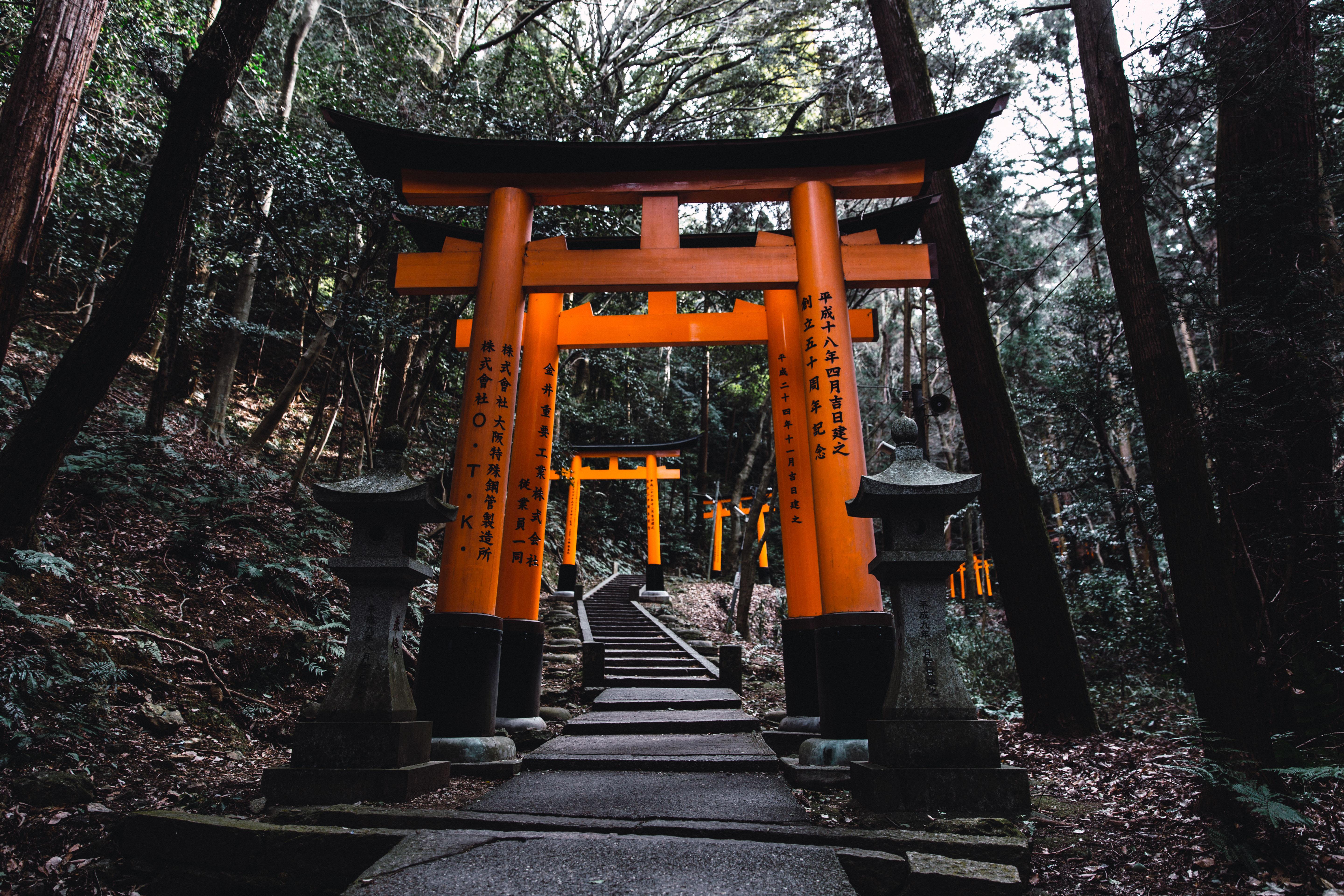"Some men dream of fortunes, others dream of cookies," goes an old saying from a fortune cookie. As for my good friend Dale, who has had a a mean case of winter malaise since he broke up with his girlfriend, he is still dreaming of finding a wife. Thus, on a January morning we set out for Kyoto and Fushimi Inari Taisha Shrine, where we hope a nearby shop that makes fortune cookies will tell Dale his odds in love. He is looking for a boost of morale with an oracle such as "Soon a visitor shall delight you;" but, then, in his current mood he may settle for "All is not yet lost."
Chinese fortune cookies are really from Japan — no kidding. The truth has been leaked for years, most recently in the blockbuster "Iron Man 3," where the nefarious baddie Mandarin slams the un-Chinese cookie as "hollow and full of lies" — yet the fact still meets with disbelief. Kudos to the Chinese for the consummate cultural appropriation! No one in China has heard of the famous dessert, yet while its origins remain disputed among immigrant groups in America, according to journalist Jennifer 8. Lee's book "The Fortune Cookie Chronicles," the custom of serving the "sweet surprise" as dessert was started by the Japanese.
The cookie's American debut was likely in 1914. Made by the San Francisco bakery Benkyodo, it was first introduced by "baron" Makoto Hagiwara, a Japanese immigrant who ran the Japanese Tea Garden in Golden Gate Park. By the 1920s, other Japanese bakeries had adapted the recipe, supplying Chinese restaurants in California that were owned by Japanese immigrants.



















With your current subscription plan you can comment on stories. However, before writing your first comment, please create a display name in the Profile section of your subscriber account page.